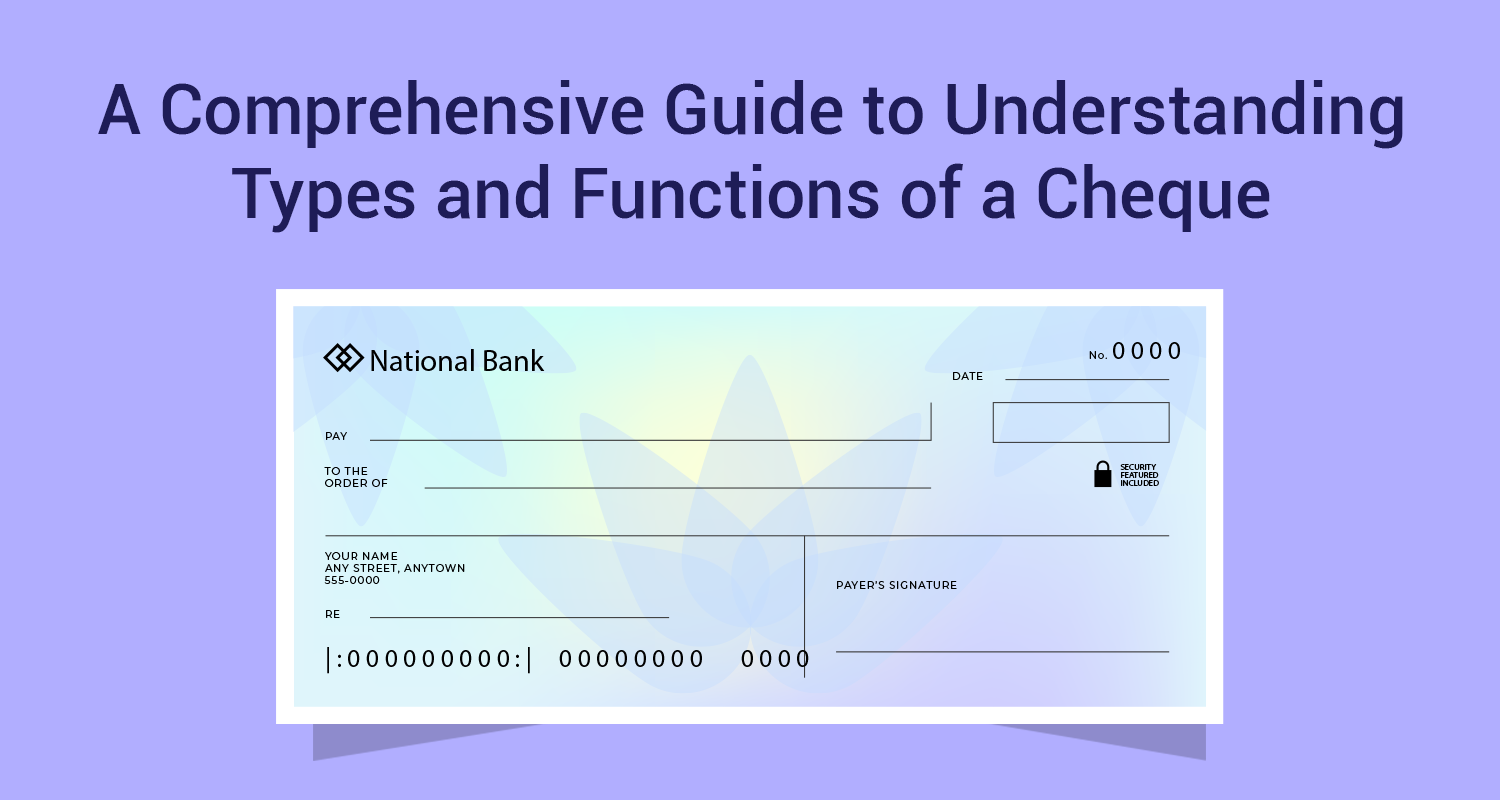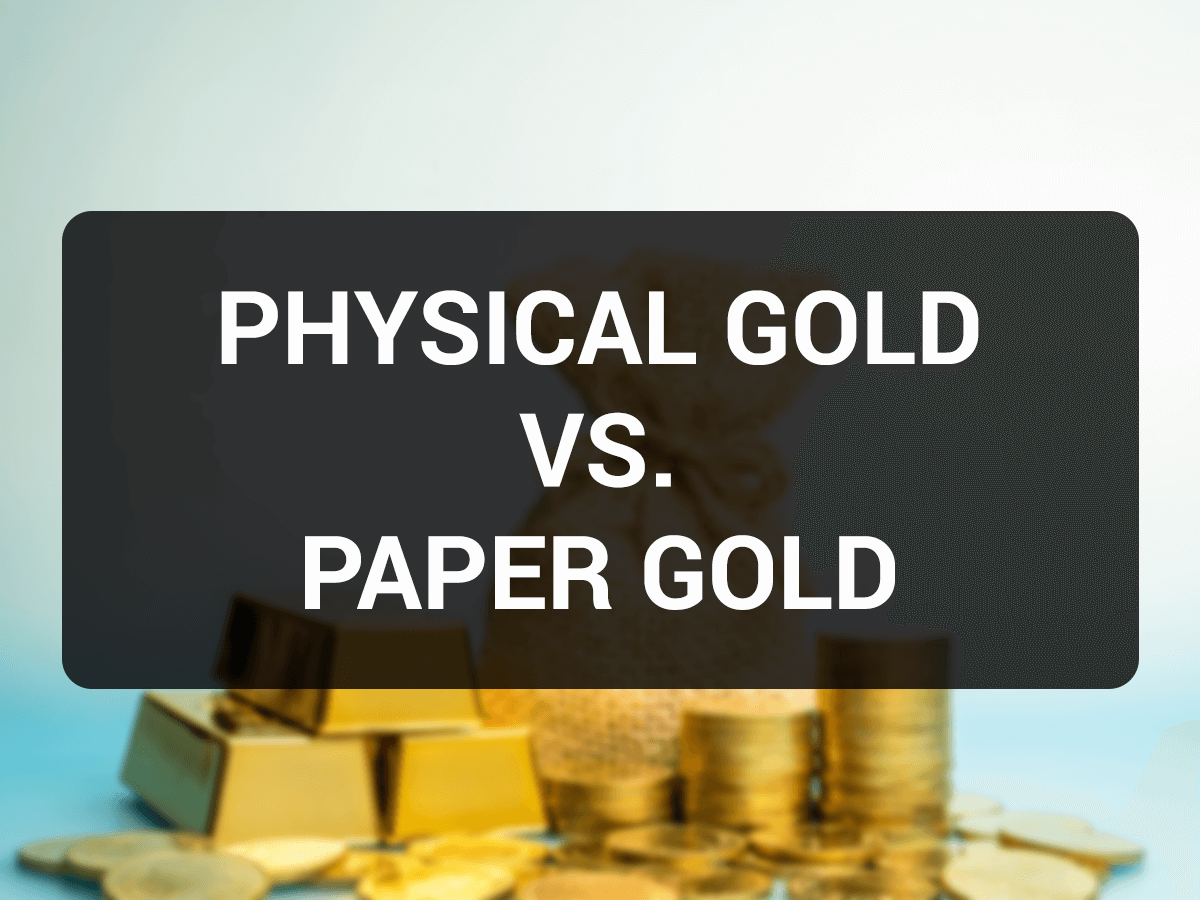How Is Loan To Value Beneficial For You?

Buying an asset such as a house or a car brings a great sense of achievement and happiness. But buying these assets by making down payment may result in locking your finances. So, it is advisable to pay some portion of the cost of the asset as down payment while getting the balance funded through a loan.
A lender takes into various aspects before approving the loan. One such aspect is loan-to-value ratio or LTV. Simply stated, it is the ratio of the loan amount to the value of the asset and is expressed as a percentage. A lower loan-to-value ratio is beneficial for both the lender as well as the borrower.
What Is Loan To Value?
Loan-to-value ratio is a financial ratio that compares the amount of money being borrowed to the market price of the asset being purchased. It is the assessment of the lending risk that the banks and other financial institutions consider before approving a loan. It also helps in determining the amount to be put in as down payment. For example, if you purchase a house with an appraised value as Rs 1,00,000. You are willing to pay Rs 20,000 as down payment. The LTV in this case would be calculated as
LTV = loan amount / appraised amount = 80,000 / 1,00,000 = 80%The factors that impact loan-to-value ratio are amount of the down payment and sales price. The lowest loan-to-value ratio can be achieved with higher down payment.
How Is Loan To Value Used?
As stated earlier, LTV is calculated to determine the level of exposure to risk a lender is willing to take while approving a loan. Since, with high LTV there is a very little equity built up in the asset, lenders perceive it as a high risk loan and charge a higher rate of interest. If the LTV is higher than 80%, the borrower may be asked to purchase private mortgage insurance.
On the other hand, lower LTV ratio increases the chance of loan being approved with a lower rate of interest and you may not be required to purchase the private mortgage insurance. In other words, a lower loan to value ratio reaps benefits for both the lender and the borrower.
A high loan-to-value ratio means
• Higher risk for the lender
• Increased cost in terms of high EMIs for you
• You have paid a low down payment
• Your income proofs are not proportionate to the loan amount
• You may have high insurance premiums, if any
• A low risk for the lender
• EMIs of lower amount hence decreased burden on you
• You have paid a higher down payment
• Your income proofs are proportionate to the loan amount
• You may not be asked to purchase insurance
• You may have low insurance premiums, if any
RBI Guidelines For Loan-To-Value Ratio For Home Loans
The RBI regulates the housing finance market and has stated that:• For property worth 30 lakhs, the LTV ratio can be up to 75%
• For property ranging from 30 lakhs to 75 lakhs, the maximum LTV ratio is 80%
• For property above 75 lakhs, the maximum LTV ratio is 75%
How Can You Lower Your Loan-To-Value Ratio?
A lower loan to value ratio means better benefits. Some ways that can lower the LTV are:
• A major portion of the appraised value of the asset should be paid with down payment.
• Pay extra EMIs as LTV drops with every loan repayment.
• Higher EMIs in case high loan amount to enable shorter loan tenure will be a great help in lowering LTV
• Buying a less expensive house or car which can be mostly funded by down payment or lesser loan amount can also result in lower LTV.
Conclusion
One of the guiding factors for lenders to approve a loan is the loan-to-value ratio. It is a ratio of loan amount and the appraised value of the asset. A lower LTV gives a sense of security to the lender. A borrower gets the loan approved at a lower rate of interest with a lower LTV ratio. One of the best ways to keep a lower LTV ratio is to make a higher down payment at the time of purchase of the asset.
IIFL Finance, a leading finance company of India, provides loans for new houses, extension of existing houses or even for improvement of current houses. Loans from IIFL Finance come at competitive interest rate and with easy documentation and quick disbursal.
Disclaimer : The information in this blog is for general purposes only and may change without notice. It does not constitute legal, tax, or financial advice. Readers should seek professional guidance and make decisions at their own discretion. IIFL Finance is not liable for any reliance on this content. Read more



